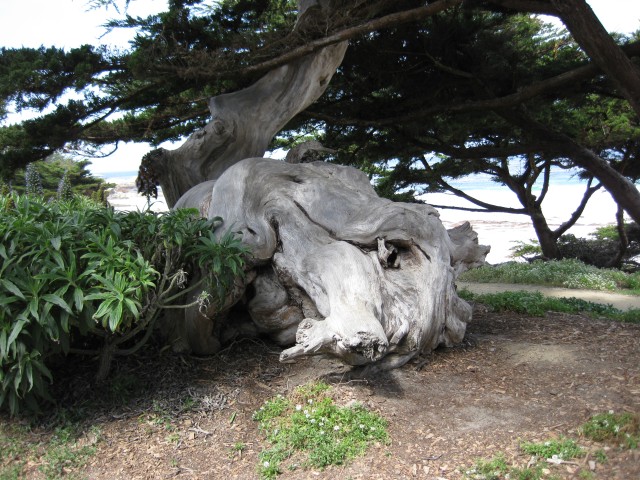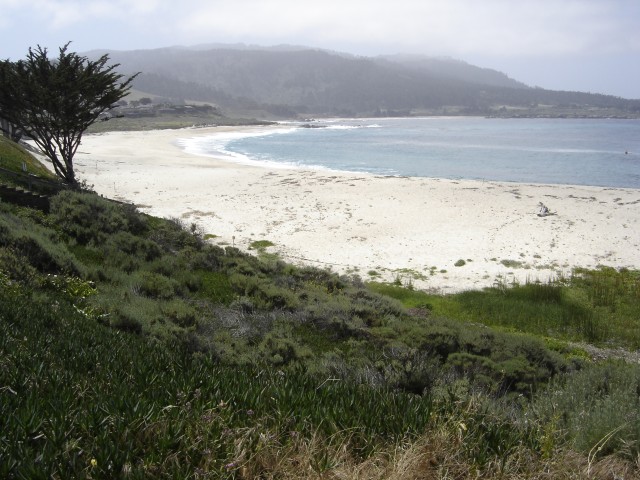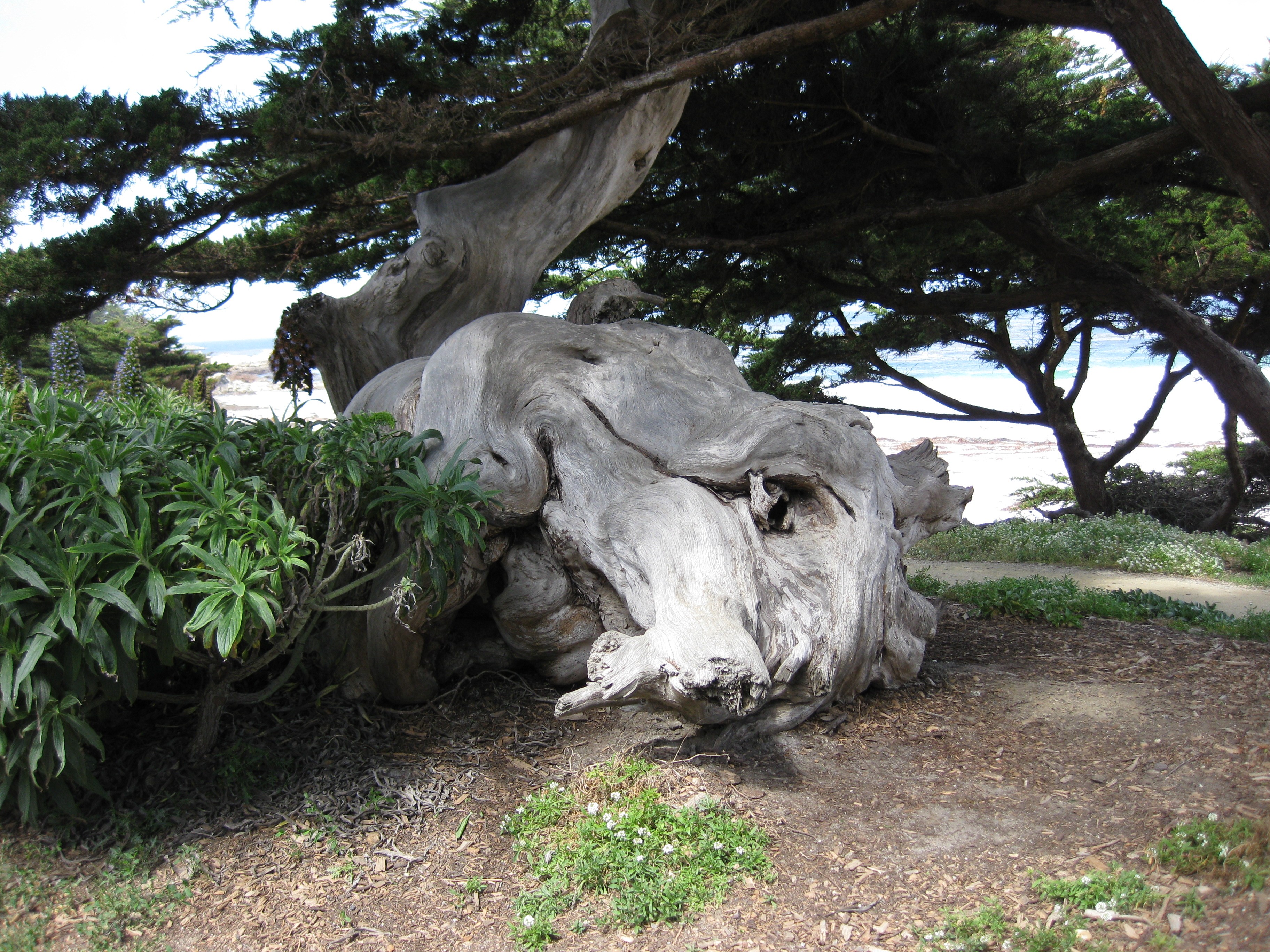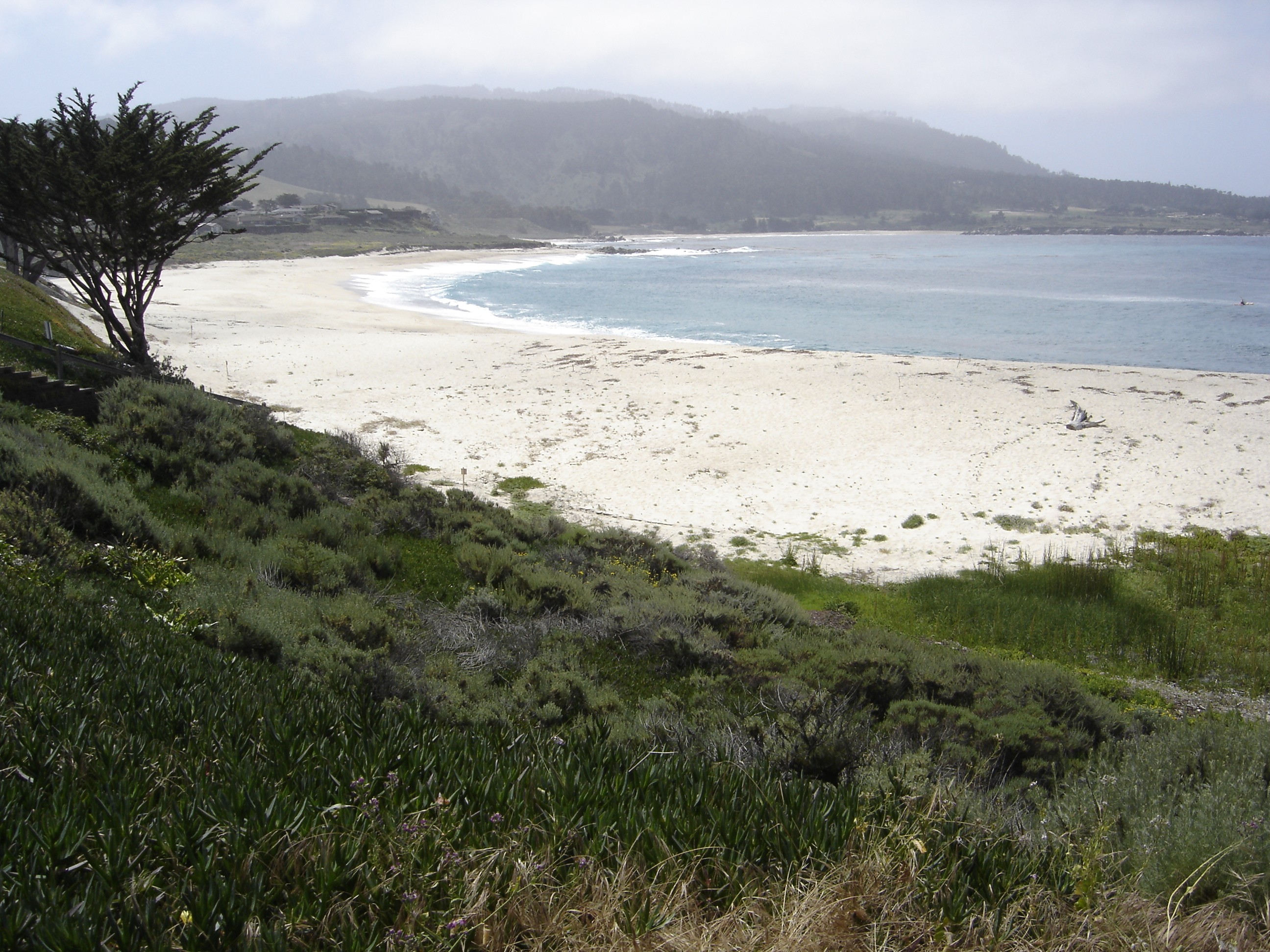In a U.S. Army career that spanned 46 years and ended with his death while still on active duty, Gen. Joseph W. Stilwell was often on the go and often far from home.
Home was California's Central Coast, the Monterey Peninsula, the village of Carmel and the household that he and his wife Winifred established at Carmel Point.
Or so it came to be.
Stilwell was neither a native Californian nor even a westerner by birth, but the Monterey area and especially Carmel made an indelible impression on him and Winifred in 1912 when Stilwell was newly assigned to the Presidio of Monterey.
He had just returned to the United States from duty in the Philippines and in the summer of that year, the second year of their marriage, the Stilwells visited the village of Carmel for the first time, according to historian Barbara Tuchman in her biography "Stilwell and the American Experience in China."
A realty company's brochure of that era describes Carmel as a "a town in a pine forest." Its population was an estimated 400 permanent residents. Only a general store, a butcher shop and greengrocer, a drugstore and a few other businesses were established within its limits. Streets were unpaved. There was a public trough for watering of horses.
According to Tuchman, the Stilwells were favorably impressed.
"Taking picnics on the beach and windswept walks on rocks pounded by the Pacific," she writes, "they decided that here was the place where they wanted to live someday and make their home after retirement."
The Stilwells left the Presidio and moved on to another Army assignment in 1914, but Tuchman notes that Stilwell was back for a visit in the summer of 1920 and purchased five lots on Carmel Point for their future home. Then in 1934, using funds each had inherited, they paid to have a two-story dwelling built at a cost of $27,000.
At around this time, Tuchman writes, Stilwell contemplated retiring from the Army and easing into a quiet life in Carmel on his retirement pay, perhaps supplemented with what he might earn as a teacher. The notion was abandoned when an opportunity to serve as the U.S. military attachAfA in China presented itself. No one was better suited for the job than Stilwell. At this point in his career he had completed two tours of duty in China where he had acquired an affinity for its people and culture along with proficiency in the Chinese language.
After completing that assignment, Stilwell was appointed in 1940 as Commander of the 7th Infantry Division based at Fort Ord, Calif. He reportedly made little use of his official residence at the Presidio of Monterey, choosing instead to reside at his home in Carmel. Biographer Tuchman writes that the Stilwells were there on the morning of Dec. 7, 1941, entertaining new junior officers from Fort Ord.
According to Tuchman: "Doors onto the garden were open, and viewed from windows of the upstairs living room, the surf of the sparkling Pacific rolled and crashed majestically upon the beach. Guests were in civilian clothes because military uniform was not worn off post. The telephone rang. Answering it, Mrs. Stilwell heard the excited voice of a friend cry, 'Win, turn on your radio! Pearl Harbor is being attacked!' A frantic search for a radio followed; one was found and plugged in while everyone crowded around to listen, stunned. The realization flooded over them: out there, on the immense ocean beyond the window, war had begun."
The attack by Japanese forces on the U.S. naval base at Pearl Harbor, Hawaii, drew the United States into World War II. Stilwell would soon be on his way to the most challenging of all his assignments in Asia, this time as Commander of the China-Burma-India Theater of Operations. He would rise in rank to four-star general and become known to history as one of the great commanders of the war.
Whenever his military service caused them to be geographically apart, Stilwell wrote lively and informative letters to Winifred. Many he sent to her in the 1940s included an expression of longing for home and Carmel.
"Take a look out the window," Stilwell wrote to her from China in 1942, "and give me by telepathy an idea of the patio, and flowers, and fish pool and lawn, the trees, the ocean, Point Lobos, the air, the sun, the waves, the beach, the rocks."
The letter is among many gathered in the "The Stilwell Papers" edited by Theodore H. White, a book published in 1948 that remains in print.
Another letter posted from China to Winifred contains a glum observation about the coming holiday season.
"Don't know where I'll be for Christmas - maybe back here, maybe in India," Stilwell wrote. "It doesn't matter a bit because I won't be in Carmel."
In late 1943 Stilwell was summoned from China to the Middle East to attend international conferences in Cairo and Tehran at which world leaders including U.S. President Franklin D. Roosevelt and Britain's Prime Minister Winston S. Churchill reviewed the progress of the Allied nations in the war against the Axis powers.
Taking advantage of conference breaks, Stilwell went sightseeing. An enthusiast for antiquities, Stilwell looked upon Luxor and the tombs of pharaohs Ramses and Tutankhamen. When an aircraft became available he arranged to be flown to Jerusalem.
"I found out what Carmel means," he wrote soon after to Winifred. Quoting from a guidebook he had picked up in Palestine, Stilwell noted: "It means the 'Vineyard of the Lord.' And ain't that the truth."






Social Sharing